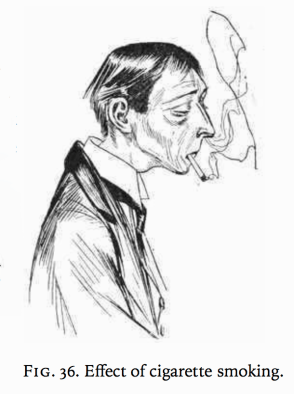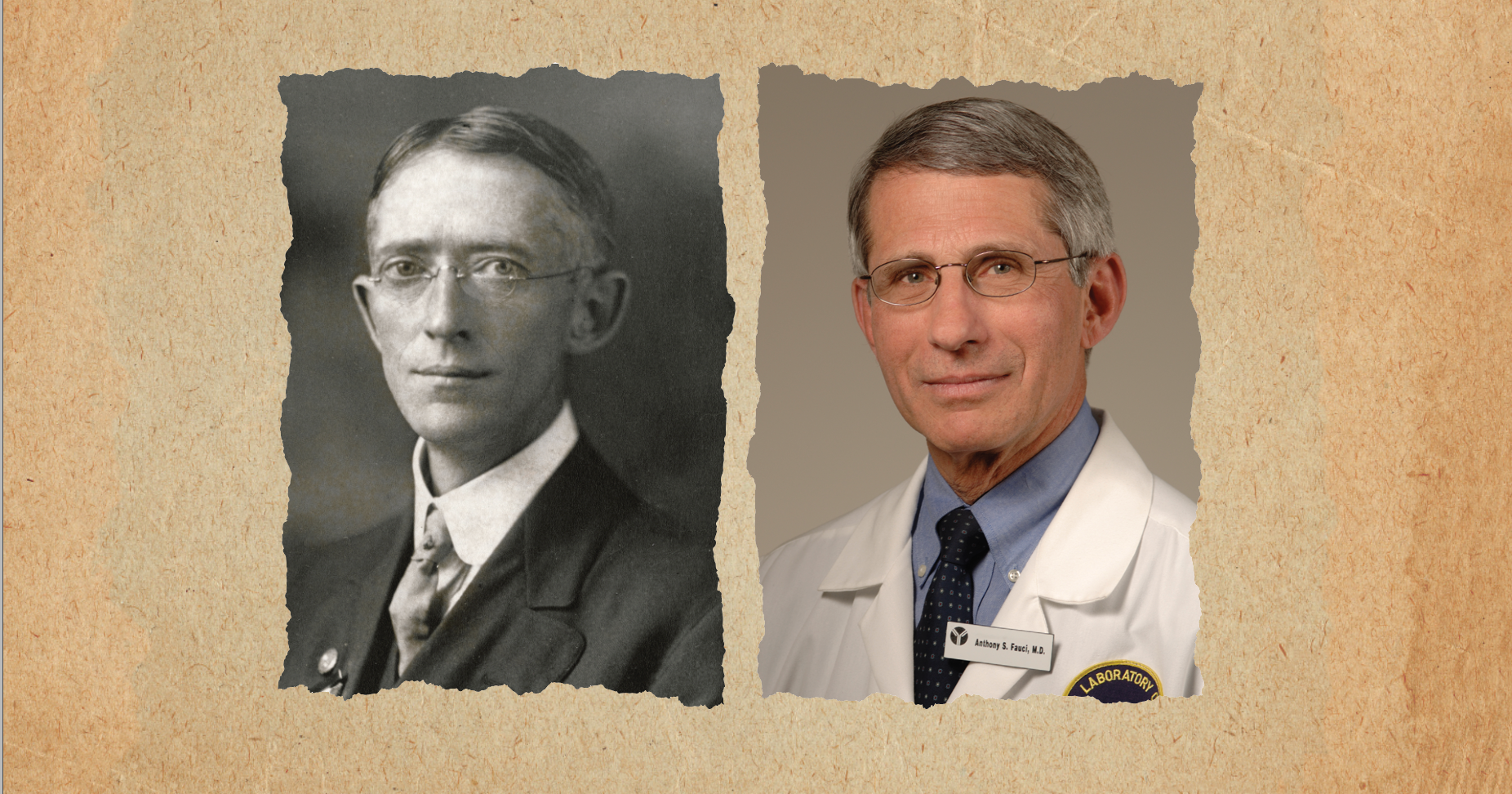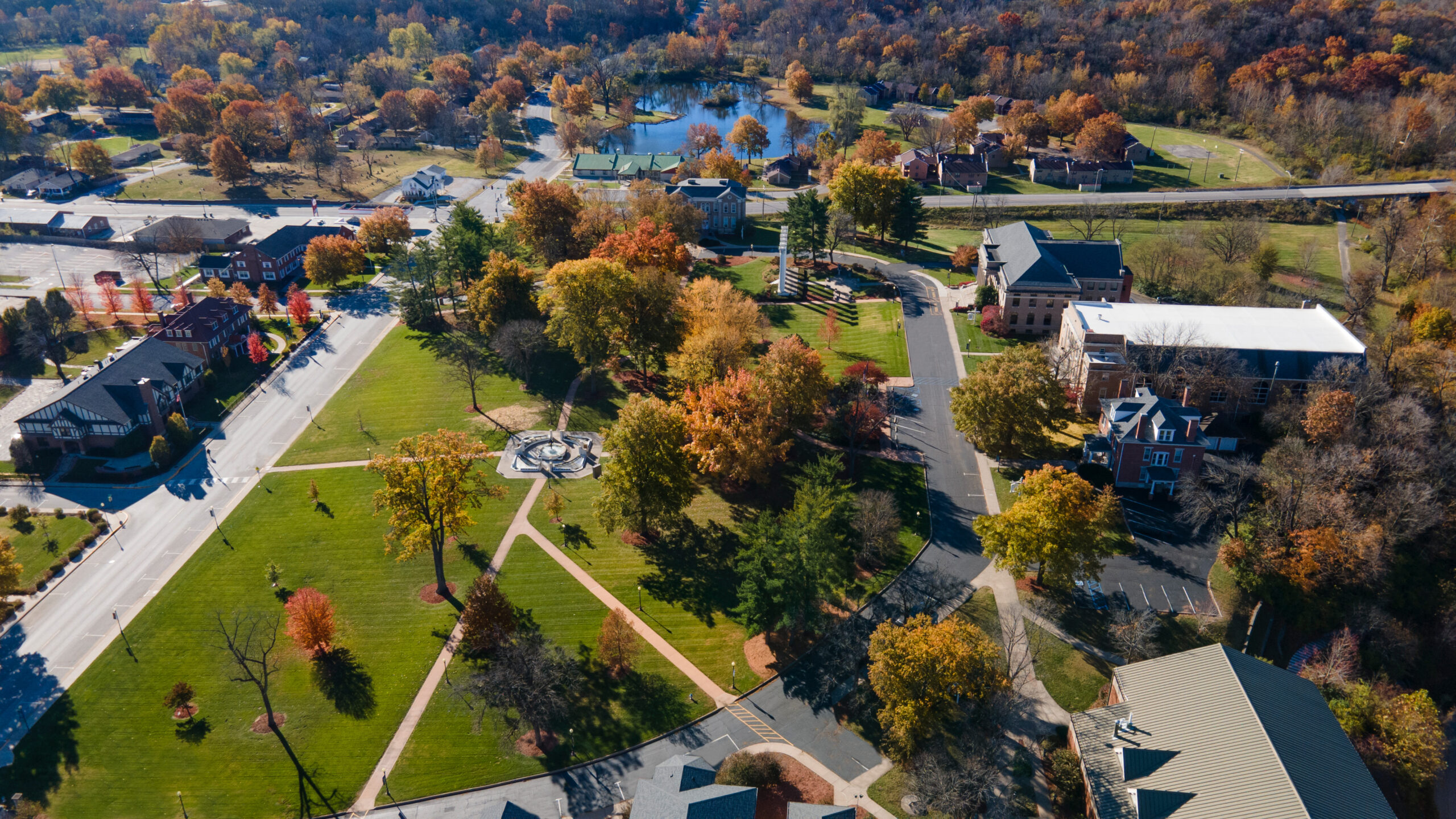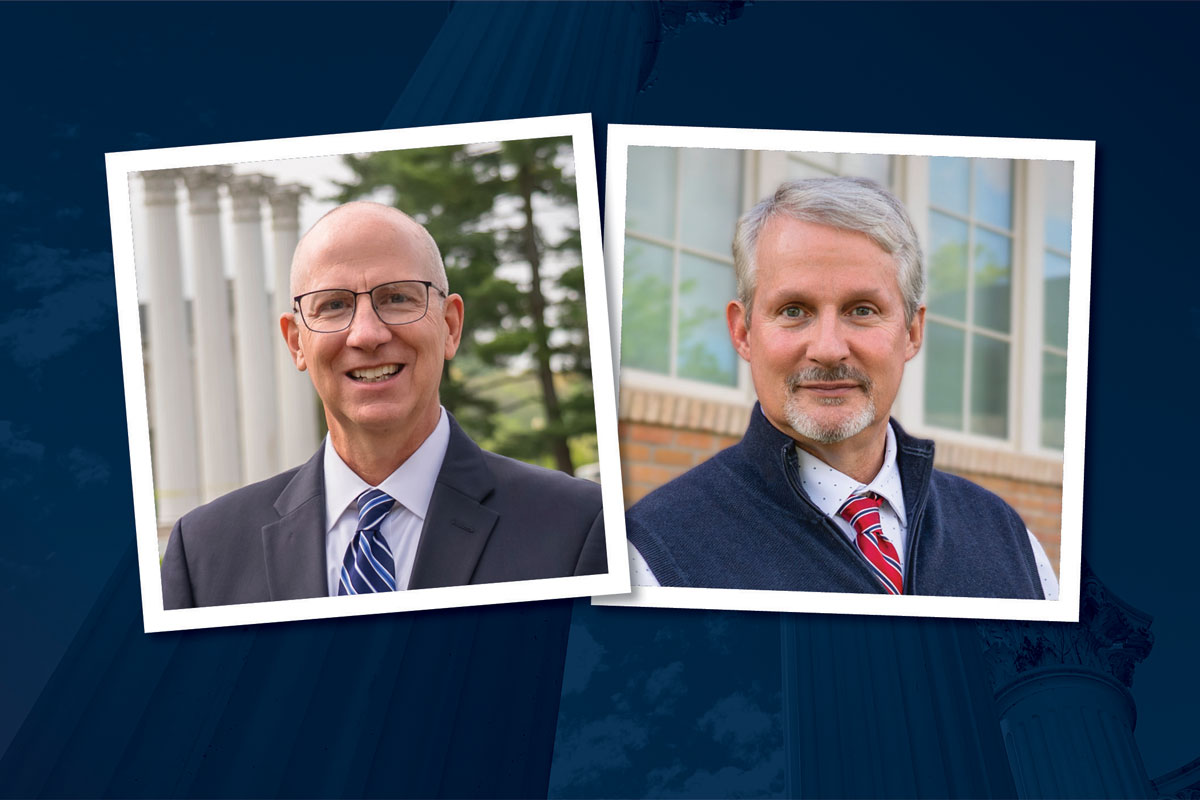Thomas Tuttle, MD, Class of 1889, suddenly made headlines last spring when Forbes magazine and other national news outlets compared Tuttle’s health mandates during the Spanish flu to those of Anthony Fauci, MD. Above, left: Photo courtesy of the Montana Historical Society. Above, right: Photo courtesy of The NIAID, Wikimedia Commons.
The following article appeared in the 2020 edition of Leadership magazine.
Recent headlines prove that Westminster alumni make the news for their accomplishments even after passing from this life.
In April 2020, a curious story about Thomas Tuttle, MD, Class of 1889, circulated in Forbes magazine, on CNN.com, and other news outlets, comparing the Spanish flu-era Washington state health commissioner to Dr. Anthony Fauci, current director of the National Institute of Allergies and Infectious Diseases.
“Meet the Anthony Fauci of 1918 Washington” read the headline. It seems the bespectacled physician rivaled Fauci in more ways than just his looks. Historic records indicate Tuttle challenged well-meaning authorities and adversaries alike.
“The trouble with dancing,” Tuttle told the Seattle Times in January 1919, “is that people get their faces too close together. Influenza, we know, is transmitted from the mouth and nose, and dancing is the most dangerous pastime we know.”
Tuttle’s admonishment, and others, were reported by Knute Berger of the nonprofit news site Crosscut.com on April 13, 2020, before Forbes and CNN picked up on the story. Included among Tuttle’s many instructions were directives for the people of Washington to self-quarantine, to stay away from ice cream parlors, and to sit in every other row of “movie picture shows.”
In the winter of 1919, the Washington Board of Health would have no more of Tuttle’s health mandates. Local politicians became outraged when he attempted to restrict the number of legislators in the House and Senate galleries in the Olympia, WA, state capitol building.
By February 1919, Tuttle was fired.
The recent national stories end at this point, with dire comparisons to today’s political climate and related controversies surrounding Fauci. But who was Tuttle, really? And what about his Westminster roots?
Born on Feb. 17, 1869, to a prominent family in Fulton, MO, Tuttle graduated in 1889 from Westminster College, just blocks from where he grew up. He then earned a degree in medicine in 1892 from Columbia University in New York. Tuttle married Lucille Wiseman on Sept. 23, 1896, in Centralia, MO. The couple had two children: Sarah, born in 1898, and Warren, born in 1901.


Thomas Tuttle, MD, penned Principles of Public Health for schoolchildren. The text can be found online in the public domain.
For nearly a decade, Tuttle served as secretary and executive officer for the Montana Board of Health, where he was noted for introducing the use of birth certificates to the state, for innovations in tuberculosis treatment, and for writing against the use of tobacco and alcohol.
Tuttle also got his feet wet in public health controversies by speaking out against quarantining during small pox outbreaks while instead emphasizing vaccinations against the deadly disease. Those struggles prepared Tuttle for battles to follow in Washington state.
After his tangles in Washington, Tuttle moved to Topeka, KS, in April 1919 and was appointed head epidemiologist for the state of Kansas. By 1930, census records indicate he worked as a physician in Chicago, IL. Tuttle died in Chula Vista, CA, on June 24, 1942. He is buried at Hillcrest Cemetery in Fulton, less than two miles from Westminster College.

Just cities away from Westminster College in Fulton, MO, the St. Louis Red Cross Motor Corps served during the 1918 influenza epidemic. Photo courtesy of the Library of Congress.
And while Tuttle lived more than a century ago, recent headlines — and other online records — prove the Westminster alumnus’ impact lives on. Many of his early teachings are found in the public domain in a 1910 children’s schoolbook, Principles of Public Health. The following note to teachers from page 182 applies to virtually any era:
“The day is now at hand when foolish sentiment must no longer prevent the spread of any knowledge which is necessary to exterminate the plagues that have afflicted the [human] race.”

Family members of Thomas Tuttle, MD, owned the home located on the corner of Seventh Street and Westminster Avenue, which is well-known by all at Westminster College. Once known as “The Tuttle House,” the building is now the Churchill Institute for Global Engagement. Fraternities on Westminster Avenue sit on land once belonging to the Tuttles, according to Westminster College: An Informal History, 1851-1999 by Dr. William E. Parrish. Photo courtesy of the Callaway County Historical Society.

Tuttle’s educational and professional information are both listed in the 1918 Bulletin, above, an early alumni publication of Westminster College.
Special thanks to Kathy Renner, Serial and Electonic Resource Coordinator, at Westminster’s Reeves Library and Barbara Huddleston of the Callaway County Historical Society for help with research on Dr. Thomas Tuttle.
Sarah Rummel Backer is the Director of Media Relations and Senior Writer at Westminster College in Fulton, Missouri. A proud Westminster graduate, Sarah has more than 20 years of experience in marketing and strategic communications in the areas of higher education, medicine, agriculture, and the private business sector.







You must be logged in to post a comment.